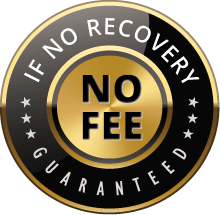
The hours following a hurricane are critical for assessing damage, documenting losses, and protecting your insurance and legal rights. Prompt and careful action can significantly improve recovery and minimize financial impact.
1. Prioritize Safety
- Do not enter your property until local authorities declare it safe.
- Avoid hazards such as downed power lines, gas leaks, and floodwaters.
- Check on the well-being of employees, tenants, and contractors.
2. Document Damage Thoroughly
- Take clear photos and videos of structural, inventory, and equipment damage.
- Record serial numbers, descriptions, and the locations of damaged items.
- Maintain a written log detailing events, damages, and any immediate actions taken.
3. Notify Your Insurance Company
- Contact your insurer promptly to report potential claims.
- Provide evidence of pre-storm conditions and current damage.
- Confirm deadlines for filing claims and any required documentation to maintain coverage.
4. Legal Considerations
- Consult legal counsel before signing waivers or agreements with contractors.
- Ensure compliance with lease agreements when addressing tenant-related damage.
- Keep detailed records of all communications with insurers, contractors, and tenants.
5. Perform Temporary Repairs
- Make temporary repairs to prevent further damage, such as tarping roofs or boarding windows.
- Document all labor and expenses for insurance reimbursement.
- Avoid permanent repairs until insurance adjusters have inspected the property.
Immediate post-hurricane actions protect both your property and your insurance rights. Prioritizing safety, documenting damage, and seeking legal guidance in the first hours after a storm ensures a smoother recovery process and more efficient claims handling.



















